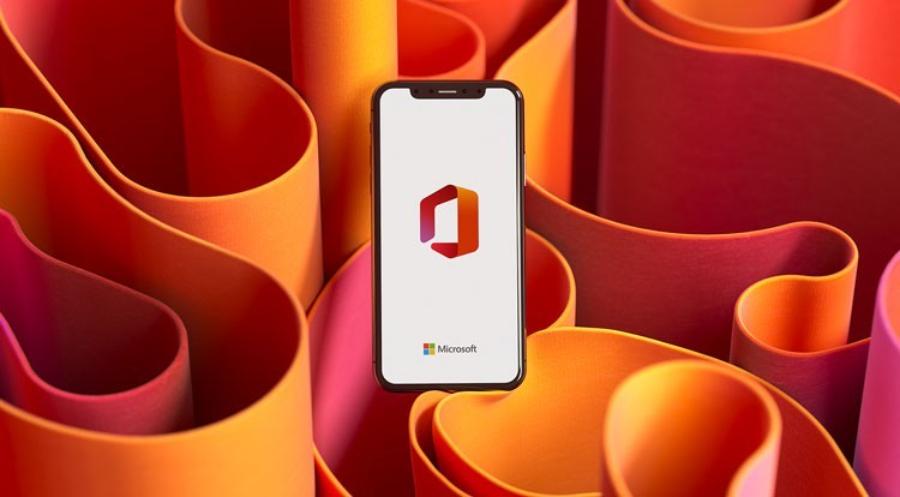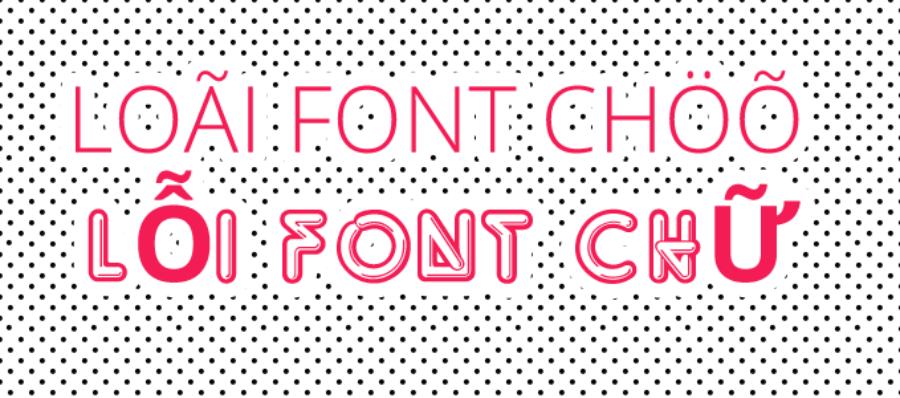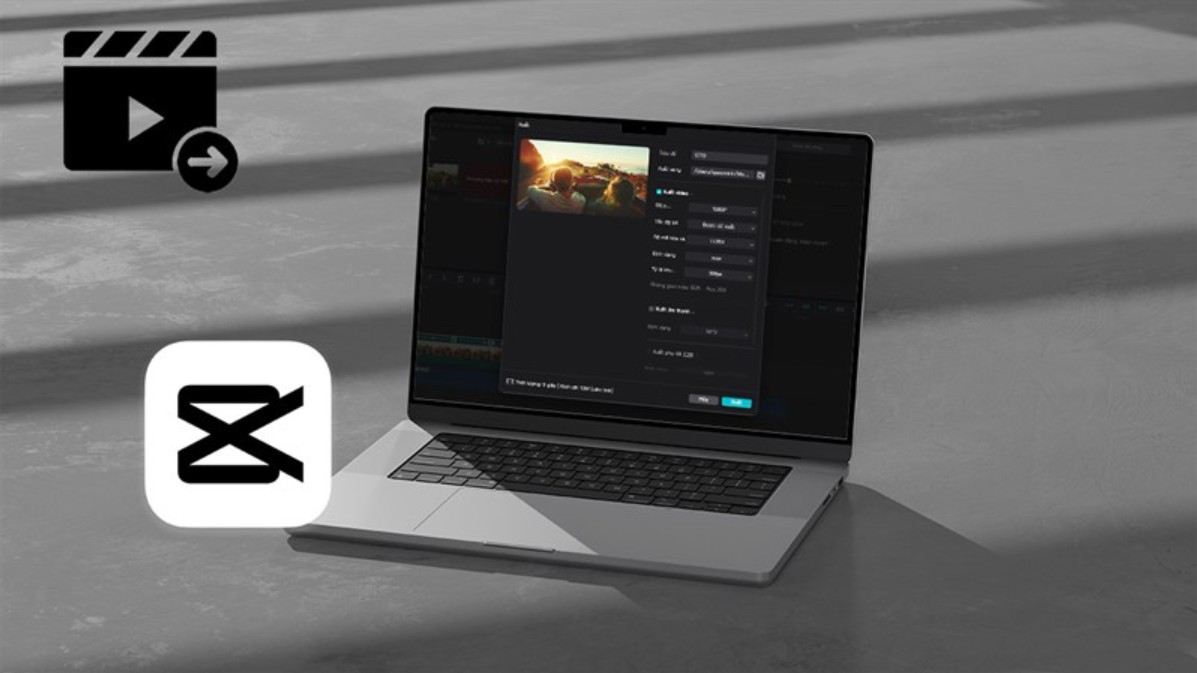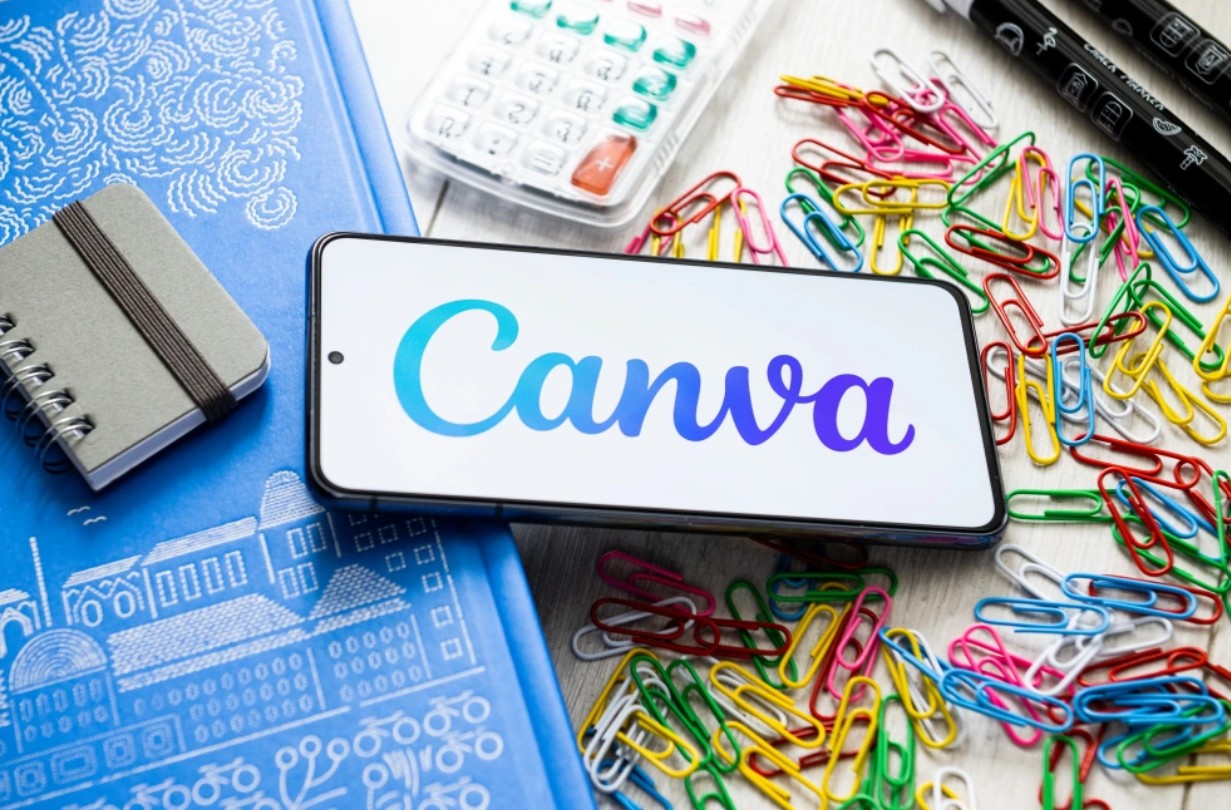Best Selling Products
Skeuomorphism: Concept and Application in Modern Graphic Design
Nội dung
- 1. What is Skeuomorphism Style?
- 2. Characteristics of Skeuomorphism Style
- 2.1 High authenticity
- 2.2 High familiarity
- 2.3 Strong visualization
- 2.4. Real Object Simulation
- 2.5. Using Light and Shadow
- 2.6. Create a Realistic Feel
- 3. History of the Development of Skeuomorphism Style
- 4. Skeuomorphism Applications In Graphic Design
- 4.1. Mobile Application Design
- 4.2. Website Interface Design
- 4.3. Games and Game Applications
- 4.4. Commercial Graphics
- 4.5 User Interface (UI) Design:
- 4.6 3D Graphic Design:
- 5. Advantages and Disadvantages of Skeuomorphism
- 5.1. Advantages
- 5.2. Disadvantages
- 6. Current Design Trends
- 7. Famous Examples of Skeuomorphism
- 8. The Shift From Skeuomorphism To Flat Design And New Design Trends
- 9. Conclusion
Explore Skeuomorphism in graphic design and learn how to use it to create user-friendly and easy-to-use designs. Find out today!

Skeuomorphism is a graphic design style that has been around for a long time but still has a strong influence in the design industry. This style brings a sense of familiarity to users through the reproduction of design elements from the real world into the digital space. This article sadesign will explain clearly what is Skeuomorphism style? At the same time, explore its application in graphic design, helping you better understand this design trend and how to apply it effectively in your projects.
1. What is Skeuomorphism Style?
In graphic design, the choice of design style can directly determine the user experience and aesthetics of the product. One of the prominent styles in user interface (UI) design is Skeuomorphism. This style uses simulated design elements from the real world into the digital space, bringing a sense of familiarity and ease of access to users. Although Skeuomorphism is quite old, it still has a significant influence in many areas of design, especially in mobile applications and websites.
.jpg)
Skeuomorphism is a term in graphic design that refers to a design style where interface elements mimic or mimic the shape and properties of real-world objects. Simply put, it is the practice of incorporating the characteristics of familiar objects from everyday life into digital products, creating ease of recognition and use.
The term comes from the Greek word “skeuos,” which means “thing,” and “morph,” which means “shape.” When combined, Skeuomorphism means designing in the shape of a real-life object or thing.
Skeuomorphism is not simply about reproducing realistic images into an interface, but also includes copying the physical features of objects, such as shadows, thickness, lighting, or other small details to create a realistic feel for the user.
2. Characteristics of Skeuomorphism Style
Skeuomorphism style has outstanding features that make it easily recognizable and create a strong impression on users:
2.1 High authenticity
Skeuomorphism is characterized by a high degree of realism, focusing on reproducing real-world details in digital design. This includes the use of elements such as shadow effects, materials, and surface textures to create a sense of familiarity and intimacy for users.
Skeuomorphism often mimics the shape and function of real-life objects, making it easy for users to recognize and interact with the interface. With its emphasis on intuitiveness and user experience, Skeuomorphism was a popular design trend, especially in the early years of the digital age.
2.2 High familiarity
Users can easily recognize familiar objects and understand their function and use thanks to the digital representation of real-world elements. This style often uses details such as materials, lighting, shadows, and textures to create a sense of authenticity and intimacy. This not only enhances the user experience but also makes technology more intuitive, especially for those unfamiliar with modern interfaces.
2.3 Strong visualization
Skeuomorphism is a design style characterized by strong visual appeal, providing familiarity and accessibility to users by simulating real-world objects in digital interfaces. By faithfully reproducing elements such as materials, light, shadows and textures, this style makes it easy for users to recognize and interact with interface elements. This not only creates a sense of familiarity but also enhances the user experience by conveying information naturally and effectively.
2.4. Real Object Simulation
One of the hallmarks of Skeuomorphism is the reproduction of the shapes, textures, and features of real-world objects. For example, buttons in user interfaces can be designed to resemble physical buttons on machines.
2.5. Using Light and Shadow
This style often uses light and shadow effects to simulate depth and create movement, making design elements appear more realistic. Buttons, icons, and other objects often have soft shadows and reflections that mimic those found in a physical environment.
2.6. Create a Realistic Feel
One goal of Skeuomorphism is to give users a “real” feel. The use of materials and surfaces that mimic physicality, such as wood, metal, fabric, or paper, makes it easier for users to visualize and interact with the interface as if they were using a real object.
3. History of the Development of Skeuomorphism Style
Skeuomorphism became popular in the early years of user interface (UI) design. Early computers, especially Apple’s Mac OS, are prime examples of this style. For example, the “Recycle Bin” on Mac OS was designed to look exactly like a real trash can, complete with a lid and reflective lighting details.
.jpg)
Since then, Skeuomorphism has become an essential element in the development of user interfaces. Software, mobile applications, and operating systems have all started adopting this style to create ease and friendliness for users.
However, after a period of development, Skeuomorphism began to be gradually replaced by Flat Design styles, which used less realistic simulation elements and focused on simplicity and intuition. This shift reflected the change in the way users interacted with technology and required minimalism in design.
4. Skeuomorphism Applications In Graphic Design
Although Skeuomorphism is not as popular as it once was, it is still used in certain areas of graphic design. Here are some typical applications of this style:
4.1. Mobile Application Design
In mobile app design, Skeuomorphism is used to create icons and buttons that resemble real-world objects. For example, many note-taking apps still use images of a notebook or pencil, which makes it easy for users to associate the app's functionality.
4.2. Website Interface Design
Some websites still use Skeuomorphism to create dynamic interactive effects, helping users feel close and easy to use the functions. Website designs with raised buttons or control panels that simulate the interface of a physical device are still very popular.
4.3. Games and Game Applications
In the gaming industry, Skeuomorphism is also used to create in-game objects, items, or menus that appear similar to the real world. Items such as weapons, vehicles, or tools are often designed with lighting and shadow details to give the player a realistic feel.
4.4. Commercial Graphics
Product packaging : Product packaging is designed to mimic real materials and textures, creating a sense of premiumness and quality.
.jpg)
Advertising Prints : Advertising prints are designed to create a sense of authenticity and visual appeal, capturing the viewer's attention.
Icons and logos : Icons and logos are designed to mimic real-world objects, conveying messages in a clear and understandable manner.
4.5 User Interface (UI) Design:
App icons : App icons are designed to mimic real-world objects, making it easy for users to recognize the app's functionality.
Buttons : Buttons are designed to feel like physical buttons, providing a natural interactive experience.
App Interface : The app interface is designed to simulate real-world materials and textures, creating a familiar and easy-to-use feel.
4.6 3D Graphic Design:
Material and texture simulation : 3D models are designed to simulate real-world materials and textures, creating a realistic and lifelike feel.
Creating lighting and shadow effects : Lighting and shadow effects are used to enhance the realism of 3D models.
Character and Environment Design : The 3D characters and environments are designed to feel familiar and easy to interact with.
5. Advantages and Disadvantages of Skeuomorphism
.jpg)
5.1. Advantages
Easy Interaction: The simulation of physical elements makes it easy for users to understand and interact with the interface without too much time getting used to it.
Create a Sense of Familiarity: Skeuomorphism helps users feel closer and more familiar when using digital products.
Strong Impression Ability: Realistic designs can make a strong impression on users, making them feel that the product is not just a tool but also a part of the real world.
5.2. Disadvantages
Confusing: When too many simulation details are used, the interface can become confusing and not easy to use.
Not Suitable For All Platforms: This style may not be suitable for platforms that require minimalism or flat interfaces.
Time-Consuming and Costly: Creating complex designs with lots of mock-up details can be more time-consuming and costly than other design styles.
Heavy and complex : Skeuomorphic designs can be resource-intensive and slow down performance.
Limited Flexibility : Skeuomorphism can limit customization and creativity in design.
Can Become Obsolete : As design trends change, Skeuomorphism can become outdated and no longer relevant.
6. Current Design Trends
Flat Design:
High minimalism : Flat design eliminates 3D elements and shadows, focusing on flat shapes and bright colors.
Fast loading speed : Flat design helps optimize the performance and loading speed of websites and applications.
Modern and professional : Flat design gives a modern, professional and easy to use feel.
Material Design:
Combining Skeuomorphism and Flat design : Material design uses gentle light and shadow effects, creating a sense of depth without being too heavy.
Consistency and flexibility : Material design provides consistent design principles and components, making it easy for users to learn and use.
Optimized for multiple devices : Material design is designed to work well across a wide range of devices and screen sizes.
Neumorphism:
Soft 3D Effect : Neumorphism creates a 3D effect by using shadows and lighting around interface elements.
Modern and luxurious : Neumorphism gives a modern, luxurious and sophisticated feel.
High Interactivity : Neumorphism creates highly interactive interface elements, providing a delightful user experience.
7. Famous Examples of Skeuomorphism
Skeuomorphism is a design style in which digital elements are created to mimic the physical characteristics of the real world, in order to provide a sense of familiarity and ease of use for users. Some famous examples of skeuomorphism include:
Early iOS interface :
Before moving to flat design, Apple used Skeuomorphism heavily in iOS. Apps like Notes, Calendar, and iBooks all mimicked real-world objects.
The Notes app is like a paper notebook, the Calendar is like a leather-bound calendar.
Digital camera :
The user interface of many digital cameras emulates the buttons and screens of traditional film cameras.
This makes it easy for users to get acquainted with and use digital cameras.
Recording application :
Many mobile phone recording apps emulate cassette recorders or reel-to-reel tape recorders.
Elements such as the "record", "play", and "stop" buttons are designed to resemble the buttons on an actual tape recorder.
E-reader applications :
These applications are often designed to create the feeling of reading a real book, with page-turning effects and paper-like textures.
8. The Shift From Skeuomorphism To Flat Design And New Design Trends
The transition from skeuomorphism to flat design marks an important turning point in the field of user interface design, reflecting the change in aesthetic thinking and the needs of modern users.
.jpg)
Reason for change :
Minimalism and performance : Flat design helps optimize performance and loading speed, especially on mobile devices.
Modernity : Flat design gives a modern feel and fits in with the minimalist design trend.
Scalability and Customization : Flat design allows for easy scalability and customization of the interface across multiple devices and screen sizes.
The emergence of Material Design :
Google introduced Material Design as a combination of Skeuomorphism and Flat design.
Material Design uses soft lighting and shadow effects to create a sense of depth, while maintaining minimalism and performance.
Neumorphism and Glassmorphism :
Neumorphism : A design style that uses shadows and light to create a soft 3D effect, giving a modern and sophisticated feel.
Glassmorphism : A design style that creates a frosted glass effect, giving a transparent and modern feel.
The Future of Interface Design :
Interface design continues to evolve with the incorporation of different styles and trends.
Users will increasingly expect interfaces that are intuitive, easy to use, and deliver the best experience.
9. Conclusion
Skeuomorphism has made an important mark in the history of graphic design. Although this style is not as popular as before, the applications of Skeuomorphism are still very effective in creating products that are easy to use and understand. If you are a graphic designer, understanding Skeuomorphism and knowing how to apply it properly will help you create products that are highly valuable in both aesthetics and user experience.












































